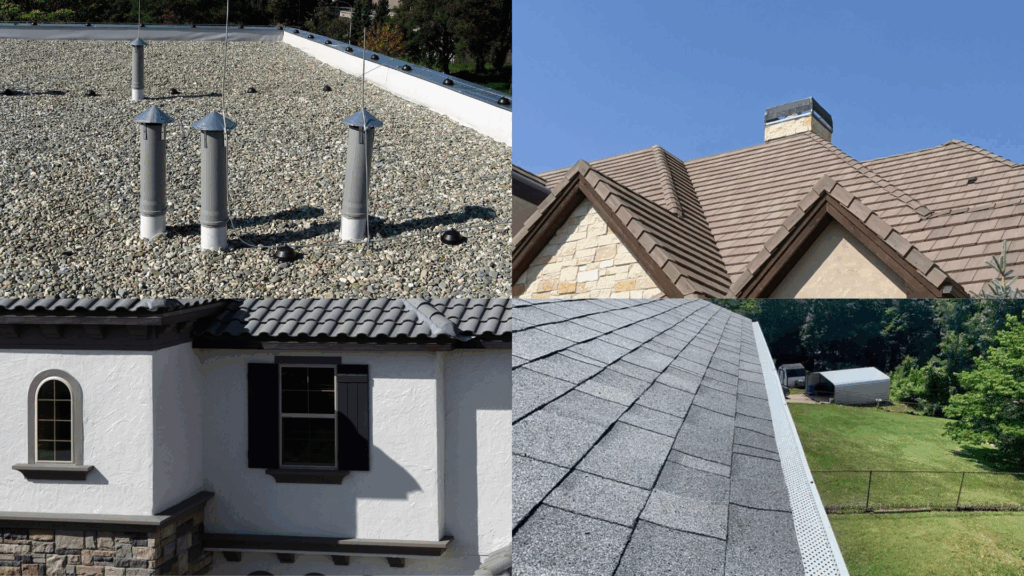Choosing the right roofing material for your home is an important decision, especially when it comes to durability.
In this article, I’ll share some of the longest-lasting roofing materials available.
From traditional asphalt shingles to more durable options like metal and slate, I’ll help you understand which materials stand up best against the elements and offer the most value over time.
When I replaced my roof a few years ago, I was focused on finding a material that would last without frequent maintenance.
After researching, I chose metal, and it’s been the perfect choice for durability.
I’ll also share some maintenance tips for extending the roof’s lifespan. If you’re replacing an old roof or building a new one, knowing your options will help you make the right decision for long-lasting protection.
Let’s get started!
Understanding Roof Lifespan
The lifespan of a roof is influenced by several factors that determine how long it will protect your home effectively.
Material quality plays a crucial role, as higher-quality materials tend to last longer and offer better resistance to environmental elements.
Climate is another important factor; extreme weather conditions, such as heavy rainfall, snow, intense sun, or high winds, can shorten a roof’s lifespan over time.
Installation also has a significant impact; properly installed roofing materials will perform optimally and last longer, while poor installation can lead to issues like leaks or premature wear.
Finally, maintenance is key to prolonging the life of any roof. Regular inspections, cleaning, and timely repairs can help prevent minor problems from escalating.
By considering these factors, you can choose a roofing material that best fits your needs and provides lasting protection for your home.
Top Long-Lasting Roofing Materials
Find the longest-lasting roofing materials that offer durability, longevity, and reliable protection, ensuring your home remains safe and well-protected for decades.
1. Slate Roofing

Slate is one of the longest-lasting roofing materials, with a lifespan of 75 to 200 years. Made from natural stone, it is fire-resistant, durable, and has a classy look.
However, slate roofs are heavy and expensive, often requiring additional structural support.
Despite the high initial cost, slate’s durability and low maintenance make it an excellent long-term investment for homeowners seeking longevity and beauty.
2. Clay Tile Roofing
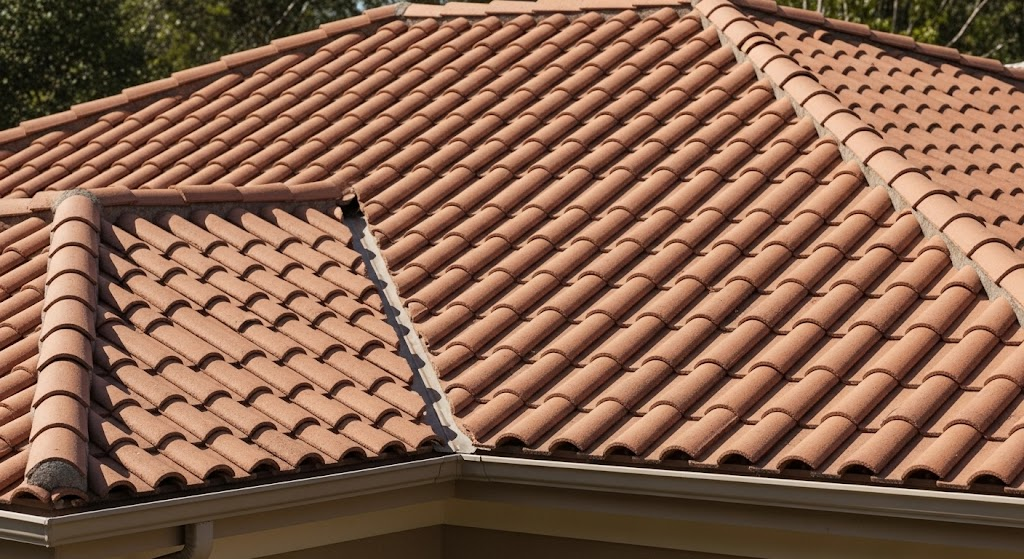
Clay tiles, commonly found in Mediterranean or Spanish-style homes, can last over 100 years. They are highly durable, fire-resistant, and provide excellent insulation, helping to regulate indoor temperatures.
While clay tiles are heavier and costlier than other options, their longevity and beauty make them an appealing choice for homeowners willing to invest in durable roofing solutions that also enhance their overall look.
3. Concrete Tile Roofing
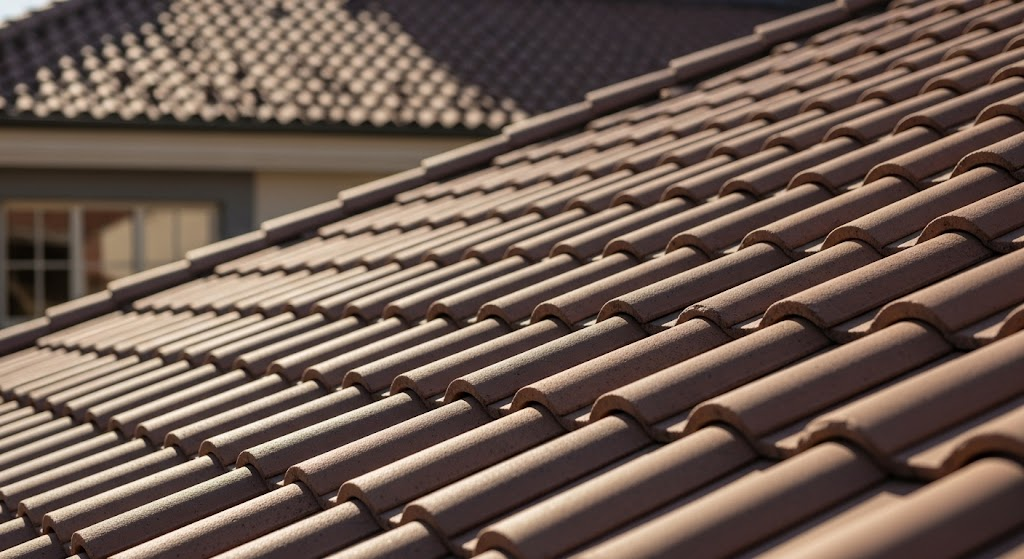
Concrete tiles are a durable option for homeowners looking for long-lasting roofing solutions. With a lifespan of up to 50 years, concrete tiles are resistant to fire, rot, and insects.
Though heavy and potentially expensive, they offer excellent insulation properties and can withstand harsh weather conditions.
4. Metal Roofing

Metal roofs, made from steel or aluminum, offer excellent durability and can last between 40 to 70 years.
These roofs are lightweight, fire-resistant, and energy-efficient, reflecting heat to reduce cooling costs. Additionally, metal roofs are recyclable, making them an eco-friendly option.
While the initial cost is higher, the long lifespan, minimal maintenance, and energy savings make metal roofing a cost-effective solution over time.
5. Synthetic Roofing Materials

Synthetic roofing materials, such as rubber and polymer composites, are designed to mimic traditional materials like slate and wood shakes.
These materials are lightweight, durable, and can last up to 50 years. Resistant to insects, rot, and harsh weather conditions, synthetic roofs offer a cost-effective alternative to natural materials.
They are durable without the high maintenance required by traditional options.
6. Wood Shingles and Shakes
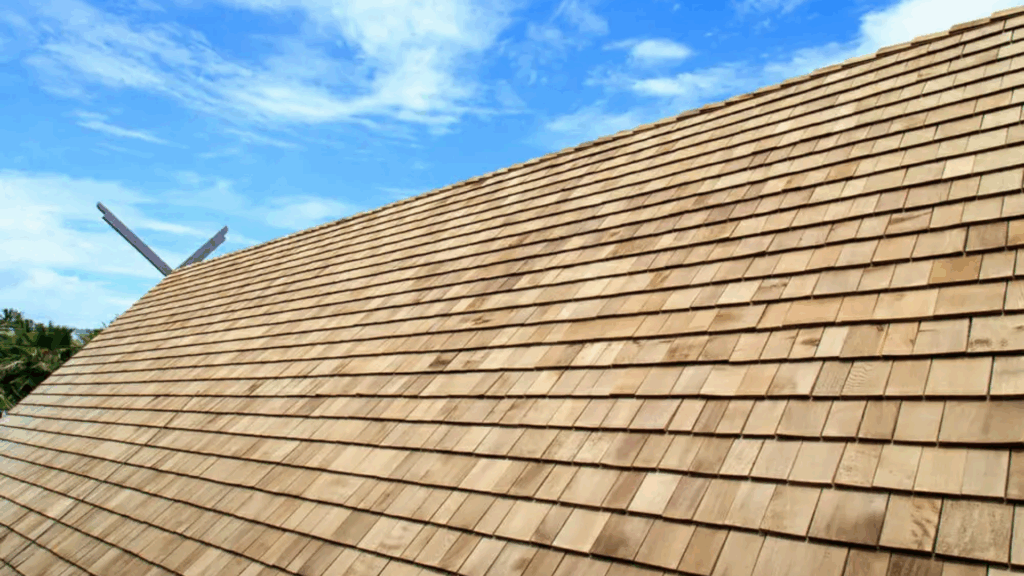
Wood shingles and shakes offer a natural, rustic look for homes, and they can last between 25 to 50 years.
These materials provide good insulation and are biodegradable, making them an eco-friendly choice. However, they require regular maintenance to prevent issues such as decay and insect damage.
Despite this, wood roofing adds significant beauty and character to traditional homes, making it a popular choice for those seeking authenticity.
7. Standing Seam Metal Roofing
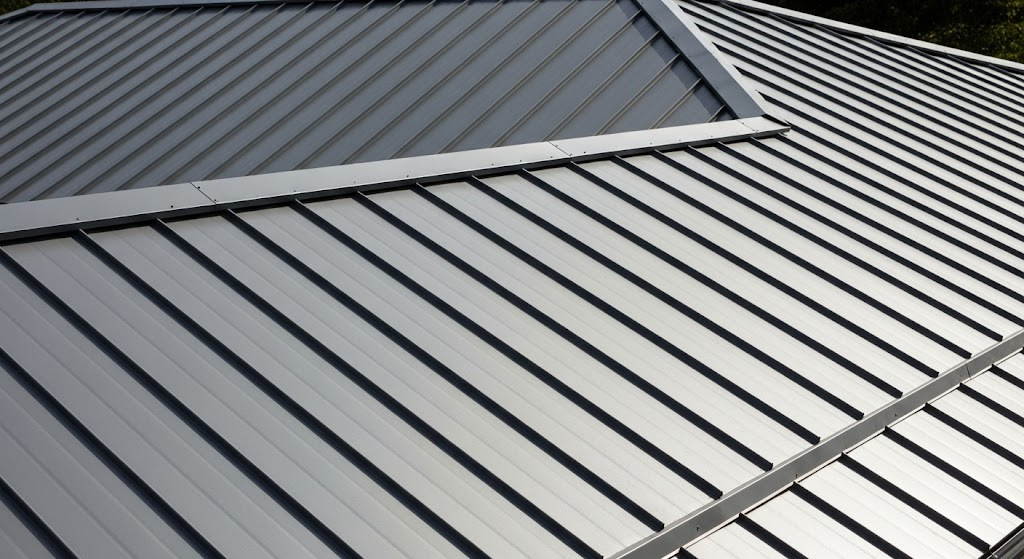
Standing seam metal roofs are a modern option with interlocking panels that provide a high level of durability and a lifespan of up to 50 years.
Standing seam metal roofs are fire-resistant and energy-efficient, making them a popular choice for contemporary homes and commercial buildings.
Their clean lines and modern design make them an attractive roofing option.
8. Built-Up Roofing (BUR)
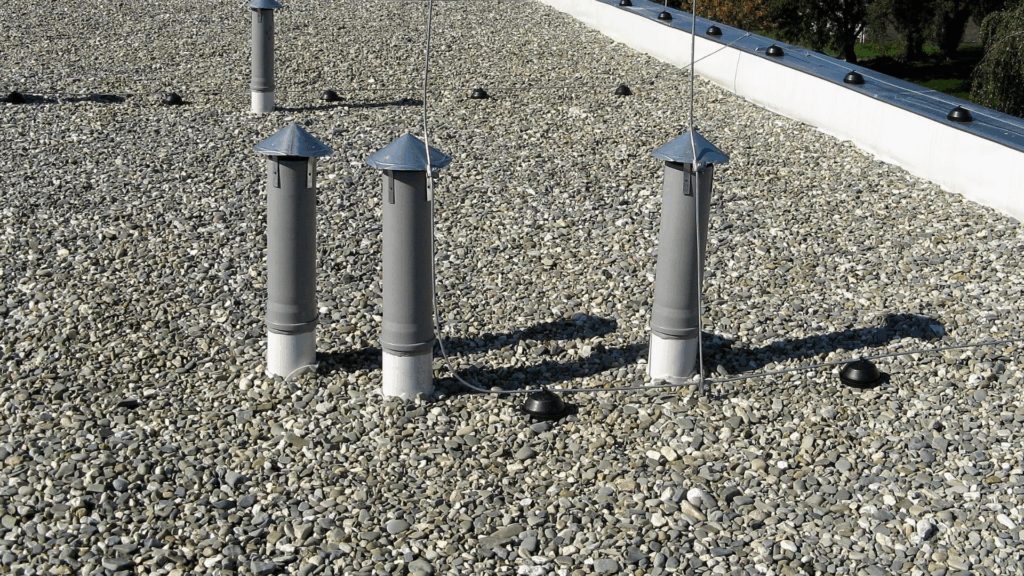
Built-Up Roofing (BUR) is commonly used for flat or low-slope roofs and can last up to 30 years with proper maintenance.
BUR consists of multiple layers of bitumen and reinforcing fabrics, creating a durable and waterproof system.
While BUR requires professional installation, it offers reliable performance and durability, especially for commercial buildings or flat-roof residential homes.
9. Asphalt Shingles

Asphalt shingles are the most common roofing material in the U.S. due to their affordability and ease of installation. They typically last between 15 to 30 years, making them a cost-effective roofing option.
While asphalt shingles are prone to wear and require more frequent replacement compared to other materials, their versatility and wide range of design options make them a practical and popular choice for residential roofing.
Factors that Affect Roof Longevity
Several factors, including material quality, climate, installation, maintenance, and exposure to environmental elements, can significantly impact the lifespan and durability of your roof.
- Material Quality: Higher-quality materials are generally more durable and last longer.
- Climate: Extreme weather conditions like heavy snow, high winds, and intense sunlight can shorten the roof’s lifespan.
- Proper Installation: Roofs that are installed correctly are more likely to perform well and last longer.
- Maintenance: Regular inspections, cleaning, and timely repairs can prevent minor issues from leading to more significant problems.
- Ventilation: Proper attic ventilation helps regulate temperature and moisture, preventing damage from heat and humidity.
- Roof Slope: Steeper roofs typically last longer than flatter ones because they allow water to drain more effectively.
- Exposure to Elements: Roofs that are constantly exposed to harsh environmental elements will wear out faster than those with adequate protection.
Cost vs. Longevity: Making the Right Investment
Choosing the right roofing material requires balancing initial costs with long-term durability. Understanding the trade-off between cost and longevity can help you make an informed decision for your home.
| Roofing Material | Cost (per square foot) | Longevity (Years) |
|---|---|---|
| Slate Roofing | $10 – $30 | 75 – 200 |
| Clay Tile Roofing | $5 – $15 | 100+ |
| Concrete Tile Roofing | $4 – $15 | 50 |
| Metal Roofing | $5 – $12 | 40 – 70 |
| Synthetic Roofing Materials | $4 – $8 | 50 |
| Wood Shingles and Shakes | $3 – $10 | 25 – 50 |
| Standing Seam Metal Roofing | $6 – $10 | 50 |
| Built-Up Roofing (BUR) | $3 – $8 | 30 |
| Asphalt Shingles | $1 – $4 | 15 – 30 |
How to Choose the Right Roofing Material?
Choosing the right roofing material depends on several key factors, including your budget, local climate, and personal visual preferences.
Start by considering your climate; materials like metal, slate, or clay tiles work well in areas with extreme weather, while asphalt shingles are ideal for milder climates.
Consider the material’s longevity and the level of maintenance required. While materials like slate and clay tiles may have a higher initial cost, they offer a long lifespan and low maintenance.
If you’re seeking energy efficiency, consider materials like cool roofs, solar panels, or metal roofing that reflect heat and reduce cooling costs.
Lastly, consider installation costs, as some materials may require more specialized labor. By weighing these factors, you can find the best roofing material for your home.
Environmental Impact of Roofing Materials
Sustainable options like green roofs and solar roofing help reduce a home’s carbon footprint by promoting energy efficiency and supporting biodiversity.
Metal roofs, which are highly durable and recyclable, offer an eco-friendly solution, as they can be reused at the end of their lifespan, reducing waste.
Recycled roofing materials, such as synthetic shingles made from rubber or plastic composites, are also a more sustainable choice, helping to divert waste from landfills.
On the other hand, materials like asphalt shingles and clay tiles may require more energy to manufacture and are often harder to recycle.
Benefits of Choosing Durable Roofing Materials
Opting for durable roofing materials ensures long-term protection, energy efficiency, and cost savings, while reducing the need for frequent replacements and maintenance.
- Longevity: Durable roofing materials last longer, reducing the need for frequent replacements.
- Cost-Effectiveness: While more expensive upfront, durable materials save money over time due to less maintenance and longer lifespans.
- Better Protection: High-quality roofing materials provide superior protection against harsh weather conditions, preventing leaks and water damage.
- Energy Efficiency: Durable materials, like metal and cool roofs, help regulate temperatures, reducing heating and cooling costs.
- Environmental Impact: Long-lasting roofing materials contribute to sustainability by reducing waste and often being recyclable at the end of their lifespan.
- Improved Home Value: Homes with durable roofs are more attractive to buyers, enhancing the property’s resale value.
Professional vs. DIY Roof Installation
When it comes to roof installation, choosing between a professional service and a DIY approach depends on various factors.
Professional roofers bring expertise, experience, and the right tools, ensuring the job is done correctly and safely. They also have access to higher-quality materials and are well-versed in local building codes and regulations.
Hiring a professional can provide peace of mind, as they offer warranties and insurance for their work, which can be invaluable in the case of mistakes or future repairs.
On the other hand, DIY roof installation can save money on labor costs, but it requires skill, time, and the right equipment. Without experience, the risk of improper installation, damage, or safety hazards increases.
While DIY might be suitable for smaller projects, for complex roof installations, hiring a professional is typically the best choice.
Maintenance Tips for Extending Roof Lifespan
Regular maintenance, including inspections, cleaning, and timely repairs, can significantly extend the lifespan of your roof, protecting your home from potential damage and costly repairs.
- Regular Inspections: Check your roof at least once a year for signs of damage, wear, or leaks.
- Clean Gutters and Downspouts: Remove debris to ensure proper water flow and prevent water damage.
- Trim Overhanging Branches: Prevent branches from scraping the roof or causing damage during storms.
- Remove Moss and Algae: Regularly clean off moss or algae growth to prevent roof material degradation.
- Check for Leaks: Look for water stains on ceilings and walls, indicating potential leaks.
- Re-caulk and Seal: Replace any damaged or cracked caulking around flashing, chimneys, or vents.
- Maintain Proper Ventilation: Ensure your attic is properly ventilated to reduce heat and moisture buildup that can damage the roof.
Conclusion
After learning about the various roofing materials and their benefits, I’ve realized that selecting the right roof involves considering longevity, cost, and climate.
Durable materials, such as slate, metal, and clay tiles, may have a higher upfront cost but offer long-term savings due to their extended lifespan and low maintenance.
Regular maintenance is crucial to extend your roof’s life and keep it protecting your home.
If you’re looking for a roof that balances durability, energy efficiency, and style, it’s important to choose the material that best suits your needs.
Ready to make the right roofing choice for your home? Contact a roofing professional today to discuss your options and ensure your roof lasts for decades to come.

